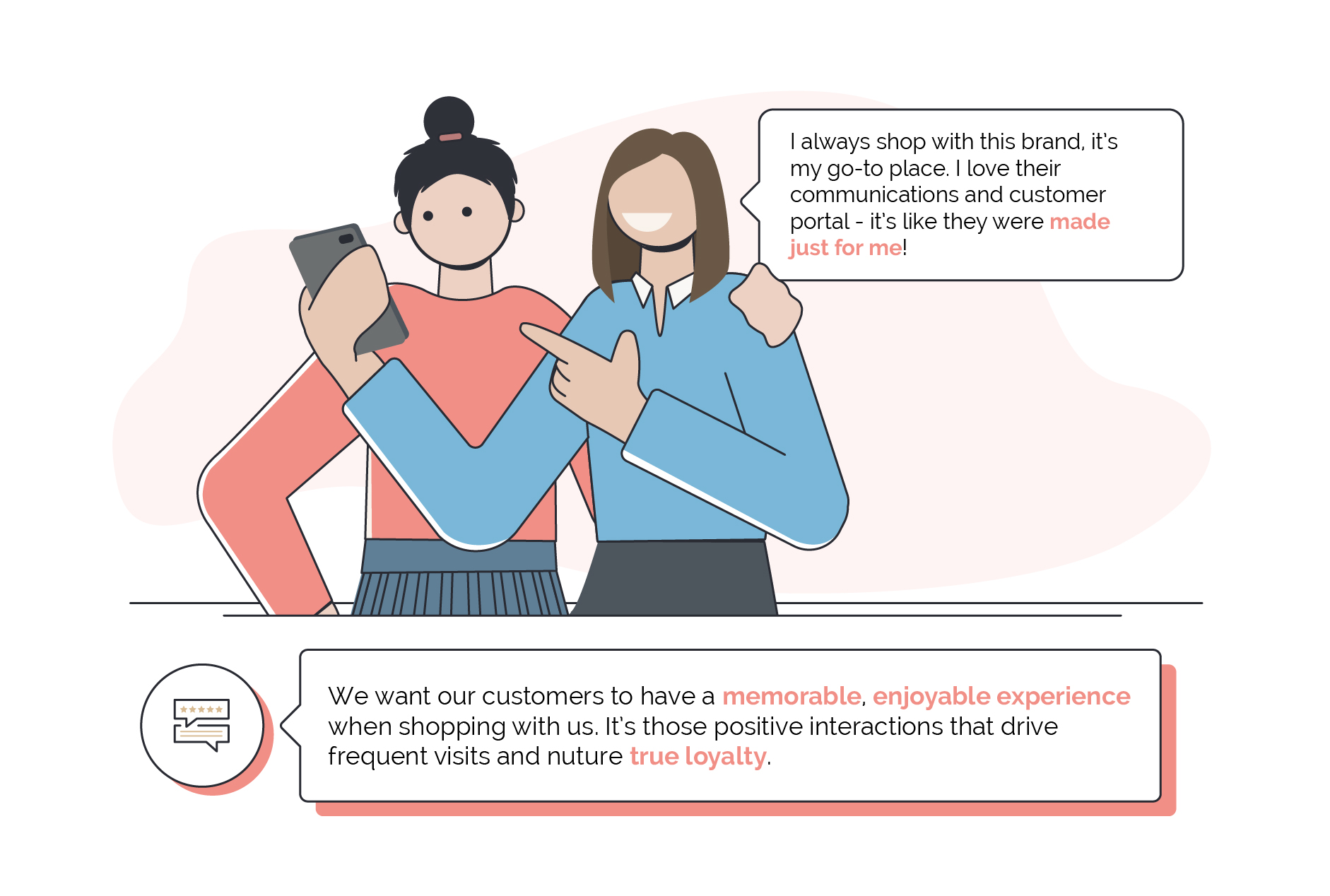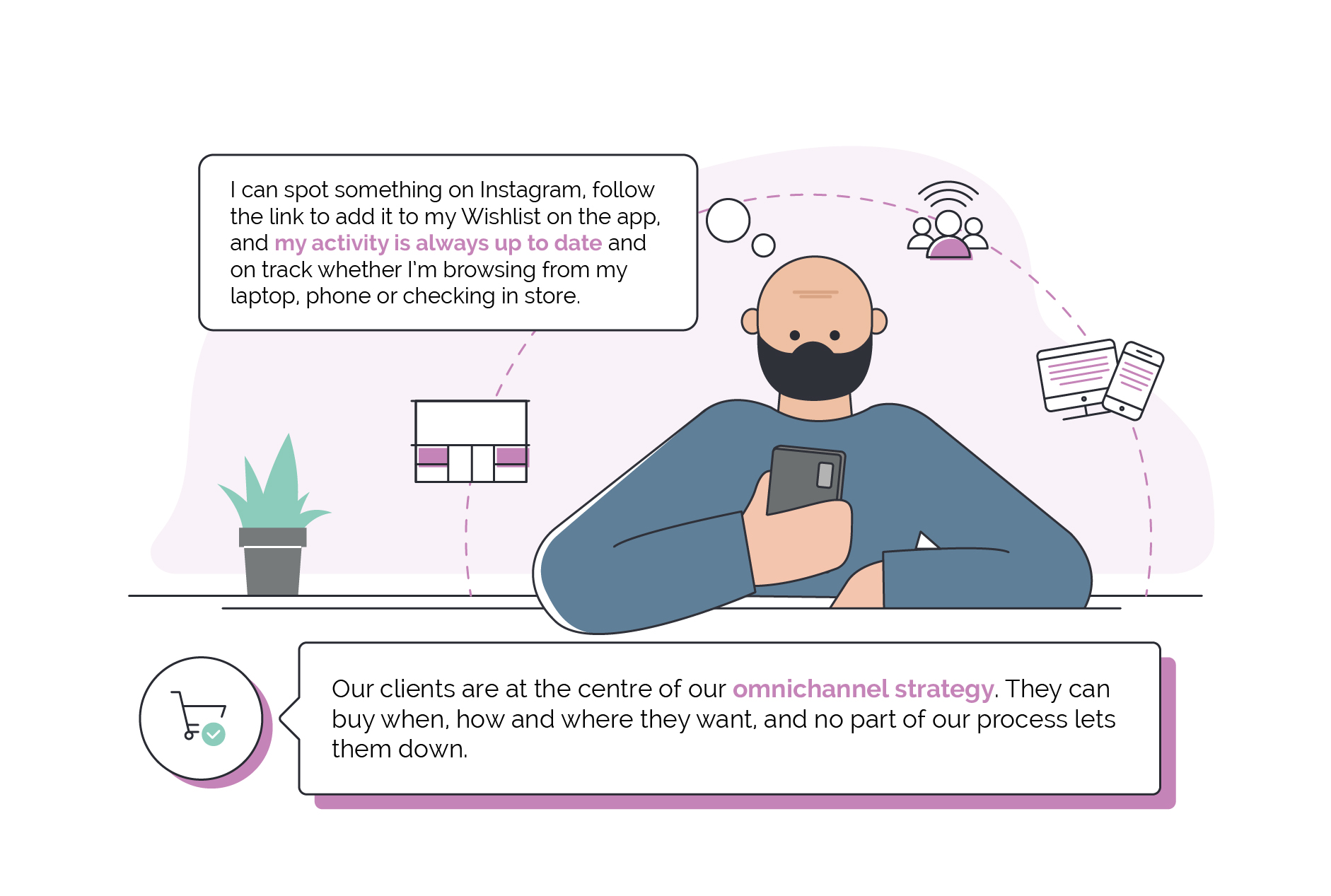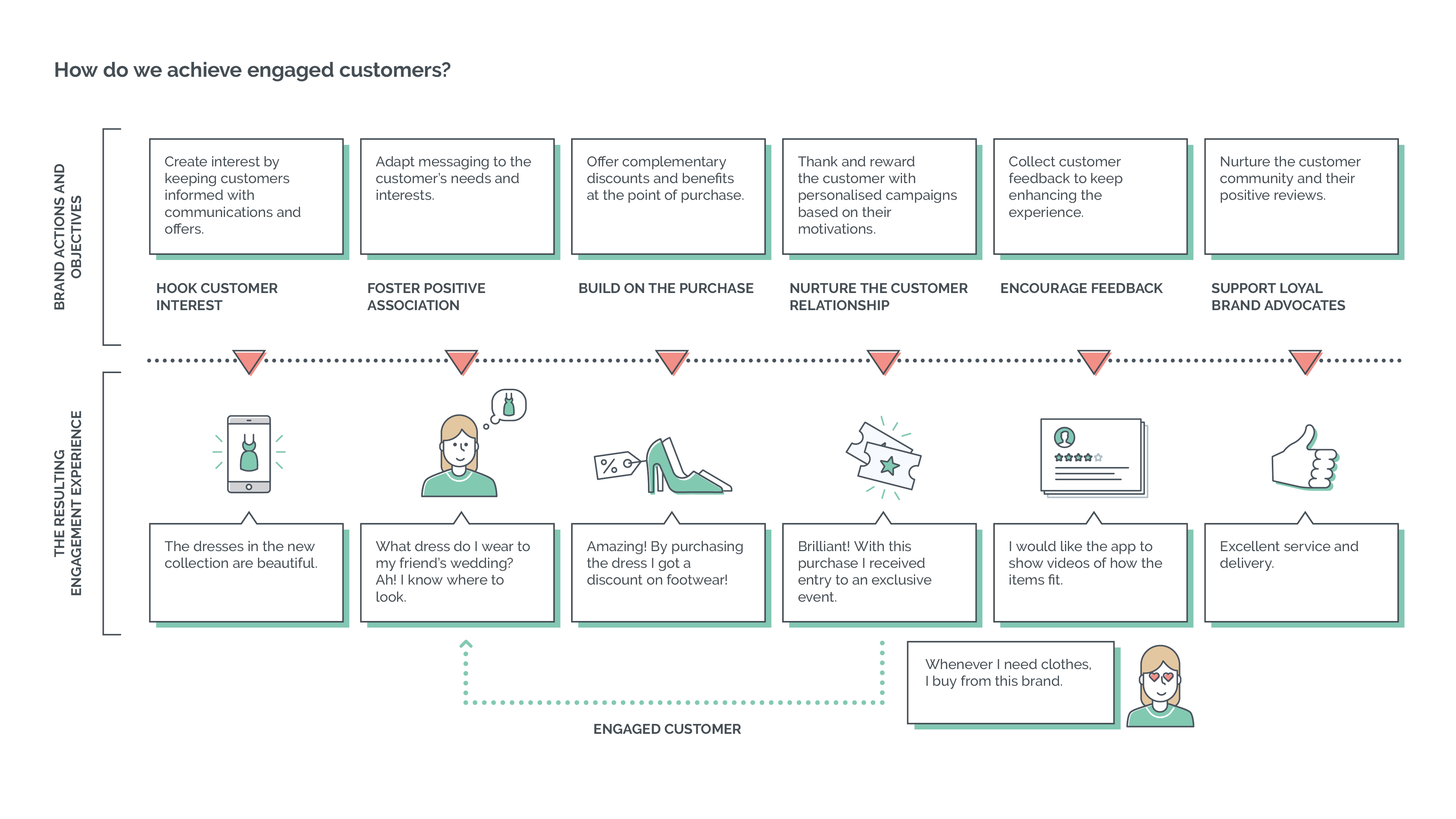If you have managed to escape any form of “Get Back” message in recent months, you should perhaps consider yourself one of the fortunate few. As a follow-on “the new normal” catchphrase, for many the “Get Back” messaging hints at a world hoping to reassure, encourage, and incentivise: Get back to the office, get back to the high street, get back into shops, get back to restaurants, get back to going on holiday, get back to the cinema – you get the idea.
For a lot of people, the idea of a return to their pre-covid routines, habits and lifestyles is incredibly welcome. For others, going back still feels daunting or maybe even unnecessary. Most seem to be approaching things with a mixture of caution and relish, apprehension and relief. However, if ongoing debate and research tell us anything, it’s that, more than ever before, each decision we make is primarily based on personal preferences and needs. This newfound focus, requires a shift in thinking about how brands, organisations and communities engage with their audiences, working towards achieving more tailored and personalised responses.
Looking specifically at Customer Engagement, the last 18 months have probably seen more need for change, reinvention, and agile responses than in the last 10 years. The volatile political and economic landscapes are often having sudden and dramatic effects on prices across sectors, most notably within retail, and many brands are yet again having to rethink how they offer value to their customers, and how to entice and encourage higher levels of activity at a time when slashing prices is not financially viable, nor is expecting cautious customers to spend like they would in more stable circumstances. It is therefore critical to review Customer Engagement strategies and truly consider what the audience’s needs and behaviours are.
Speaking the Customer’s Language
Judging by recent research into attitudes and sentiments, consumers certainly appear to be open to new offerings and experiences. While their priorities and preferences may have changed, what hasn’t waned is the positive effect of customer centric experiences.
Whether tailoring offers, promotions and communications, or improving accessibility and innovation in how people are able to reach your brand and services, the impact on the end customer is undeniably powerful. For example, in their research into customer journeys, PwC found that people will pay up to 16% more for a great customer experience (CX), while Gartner found that 64% of customers value CX over price.
If people are still uncertain or ambiguous in their habits, and if we’re likely to continue to see differing approaches to getting back to shopping in physical stores (which had arguably already been in decline even before Covid) then we need to consider how to motivate the customer. It would be like providing and engaging customer experience from wherever people want to access the brand from, and treat them as individuals with particular needs and preferences.

Retaining Meaningful Connections
More targeted, personalised approaches don’t have to entirely overtake all strategies, but they should be a crucial part of attracting, retaining and nurturing loyal customers. After time spent in lockdowns, only interacting with the outside world through our devices, we are all collectively more eager to be seen and recognised as individuals, rather than just another number or data point on a brand’s radar.
According to Engage Hub, 80% of customers are more likely to purchase from a company that offers personalised experiences. Personalisation means more than just capturing the customer’s name and age. A customer centric approach revolves around utilising data and information provided to enhance every interaction throughout the customer journey – engaging, synchronised, attractive environments, and high performing customer-focused operations that facilitate a closeness to the brand, ultimately, making the customer feel as if the brand, services, or products as a whole are made for them.
What should be part of a personalised experience for the customer?
- Omnichannel: Improving omnichannel offering that goes beyond having a presence on multiple channels, make it seamless for customers to hop between their devices and interact with your brand, whether they’re dealing with customer care, picking up an order, or saving items for later
- Communications: Tailoring communications (emails, push notifications) to suit previous shopping behaviour and preferences
- Trust: Enabling customers to be in control of their own data preferences: providing clear, intuitive portals for managing consent and communication
- Relevance: Personalised offers and promotions – discounts on birthdays are a solid starting point, but promotions that are relevant to their usual spending habits rather than just inviting them to a blanket sale is even better.
- Exclusivity: Everyone wants to feel special, especially when handing over visibility to personal or sensitive data. Their loyalty will be eroded if they feel they’re not treated differently from someone who just submits an email address and gets the same 10% off. Provide tiers, but also recognise different levels of participation to nurture and sustain meaningful connections with customers of all types.

Digital Empowerment
BCG claims growth rates increase by 6% to 10% in companies that master personalisation, not to mention the beneficial ripple effect across marketing efficiency, boosted digital sales, and stronger relationships developed with customers. The key to being able to execute personalised strategies is of course having the right technological capabilities in place. To reach end users is one hurdle, but you also need digital solutions that can facilitate, anticipate, and support closer interactions across all touchpoints between consumer and brand, providing a holistic vision of customer and behaviour.
Through technology, engagement initiatives can be almost automatically scaled up and made more accessible and inclusive. There is, however, still a need to tailor and craft experiences so that they offer users the best of both the digital and physical worlds. As we see consumers becoming more considerate of their personal circumstances and needs, there is a great opportunity to develop mindful experiences for them as well. Emails that are reactive but not invasive. Suggestions and recommendations that feel handpicked and perceptive, rather than random or machine generated. So, while digital engagement may be underpinned by technology, it does not need to veer away from the human touch, as mastering personalisation of course ultimately comes down to keeping things exactly that – personal.
Interested in innovative Customer Engagement & Loyalty?
Read how we help global fashion retailer Tendam deliver their integrated omnichannel strategy based on an advanced digital proposition, with over 24 million loyalty members









